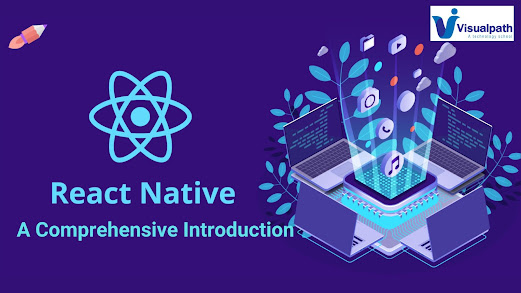What is react Js ?

React.js , often simply referred to as React, is an open-source JavaScript library that has revolutionized the way developers build user interfaces for web applications. Developed and maintained by Facebook, React.js provides a declarative and efficient way to create interactive and dynamic user interfaces. At its core, React.js is designed to simplify the process of building reusable UI components. Instead of working with the traditional approach of manipulating the DOM directly, React introduces a virtual DOM, a lightweight in-memory representation of the real DOM. This virtual DOM allows React to efficiently update and render UI components, improving performance and user experience. - ReactJS Training One of the key features that sets React apart is its declarative syntax. Developers can describe the desired state of a UI component, and React takes care of updating the DOM to match that state. This contrasts with the imperative programming style, where developers ...




.jpg)
.jpg)